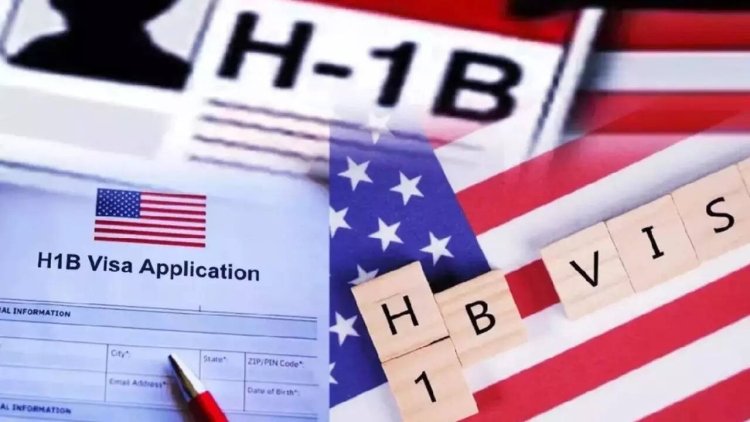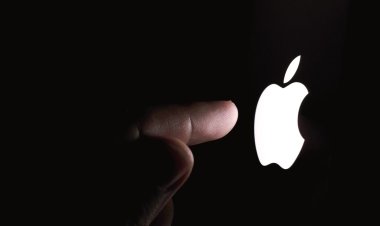Trump’s $100,000 H-1B Fee Explained: What It Means for IT Giants and Foreign Workers

Trump’s $100,000 H-1B Fee Explained: What It Means for IT Giants and Foreign Workers
In a bold move that’s already sending shockwaves through the tech industry, President Donald Trump has increased the annual H-1B visa fee to $100,000. The H-1B program, which allows U.S. companies to employ foreign workers in specialty occupations, has long been a critical pipeline for highly skilled talent particularly from India. The sharp fee hike is being pitched as part of Trump’s broader effort to protect American jobs, while still allowing access for what he calls “truly extraordinary people.”
At the same time, Trump has unveiled a brand-new series of wealth-based immigration pathways, introducing the Gold Card, Platinum Card, and Corporate Gold Card visas. These programs are designed to attract the ultra-wealthy and multinational corporations, offering fast-tracked residency and special tax benefits in exchange for substantial financial contributions to the U.S. government. According to Trump, these new visas are expected to generate “hundreds of billions of dollars” in revenue, which his administration says will help reduce taxes and the national debt.
The Gold Card visa targets high-net-worth individuals who are willing to make a one-time $1 million gift to the U.S. Department of Commerce. Applicants must also pay a $15,000 non-refundable processing fee and undergo a rigorous vetting process by the Department of Homeland Security and the State Department. Once approved, Gold Card holders will receive lawful permanent resident status (Green Card), and a faster path to U.S. citizenship. The visa is being positioned as a replacement for the existing EB-1 and EB-2 categories that currently serve individuals with exceptional abilities.
For those with even deeper pockets, the Platinum Card offers an exclusive deal. By contributing a $5 million “gift”, ultra-high-net-worth individuals can stay in the U.S. for up to 270 days per year without being subject to U.S. taxes on their non-U.S. income a unique tax shelter not available under any other immigration category. This has made the Platinum Card particularly appealing to global elites seeking both residency and financial flexibility.
Meanwhile, businesses now have a high-value sponsorship option through the Corporate Gold Card. Designed for companies wanting to bring in foreign employees, the visa requires a $2 million payment per employee. However, the visa includes a notable perk: if an employee leaves the company, the visa contribution can be transferred to a new hire, pending re-vetting and a small administrative fee. This transferability adds a layer of flexibility that traditional work visas lack.
The implications of the $100,000 H-1B fee are especially serious for U.S.-based tech giants and consulting firms that heavily rely on foreign talent many of whom are Indian nationals. Given that Indian professionals make up nearly 75% of H-1B visa holders, this policy could sharply curtail their numbers or force companies to reconsider the financial viability of hiring foreign workers under the H-1B system. Some employers may opt to shift operations abroad or push for alternative immigration pathways, including the newly introduced wealth-based visas.
These changes mark a seismic shift in U.S. immigration priorities, steering away from traditional merit- and employment-based systems toward a model that prioritizes investment and wealth. Critics argue that this “pay-to-stay” approach commodifies immigration and shuts out talented individuals who may not have the financial resources to qualify. Supporters, however, claim the model will inject much-needed capital into the economy, reduce public debt, and create domestic jobs through private investment.
As Trump doubles down on immigration reform, these new policies signal a clear message: the doors to America are still open but only if you can afford the key.























